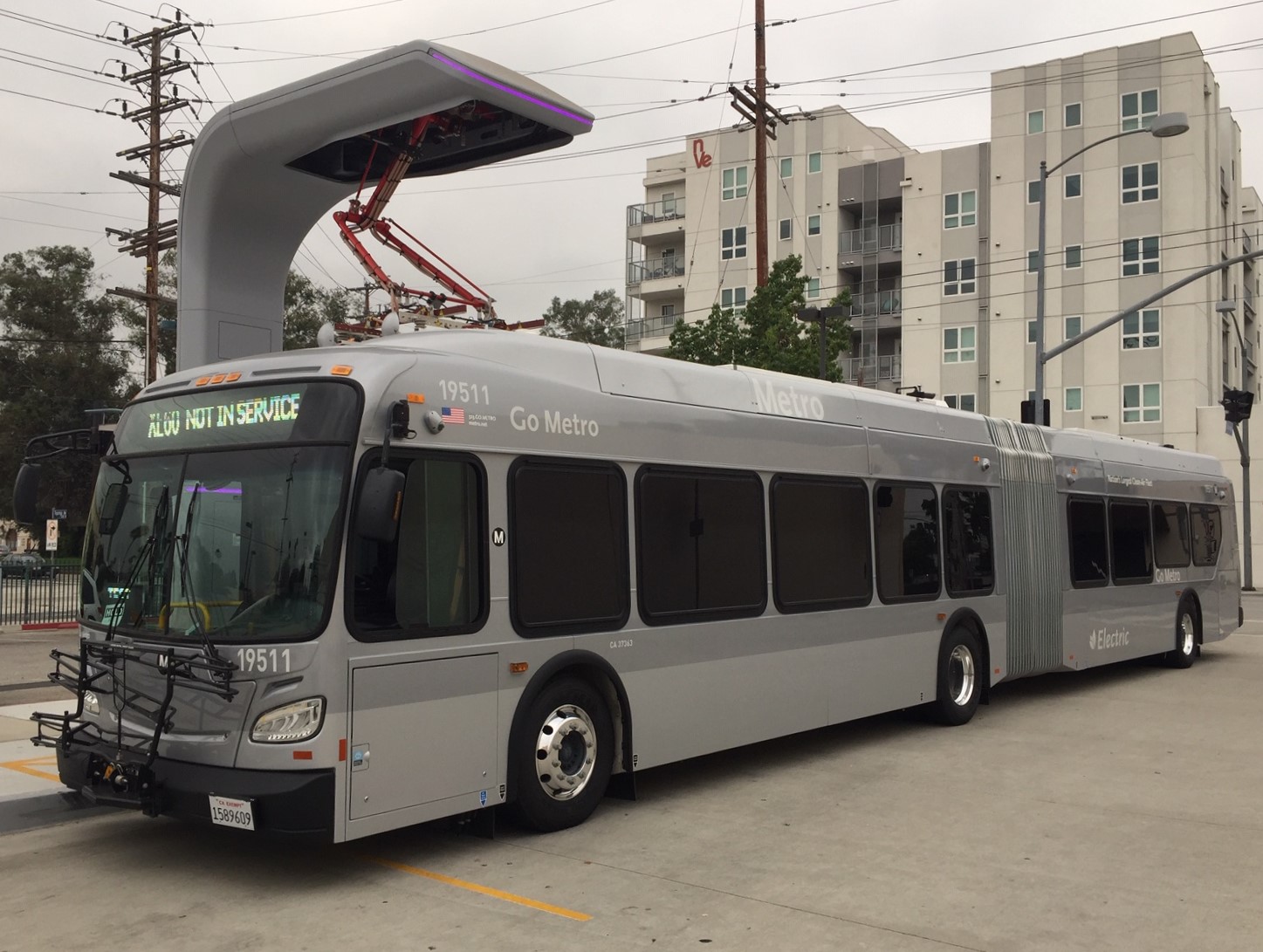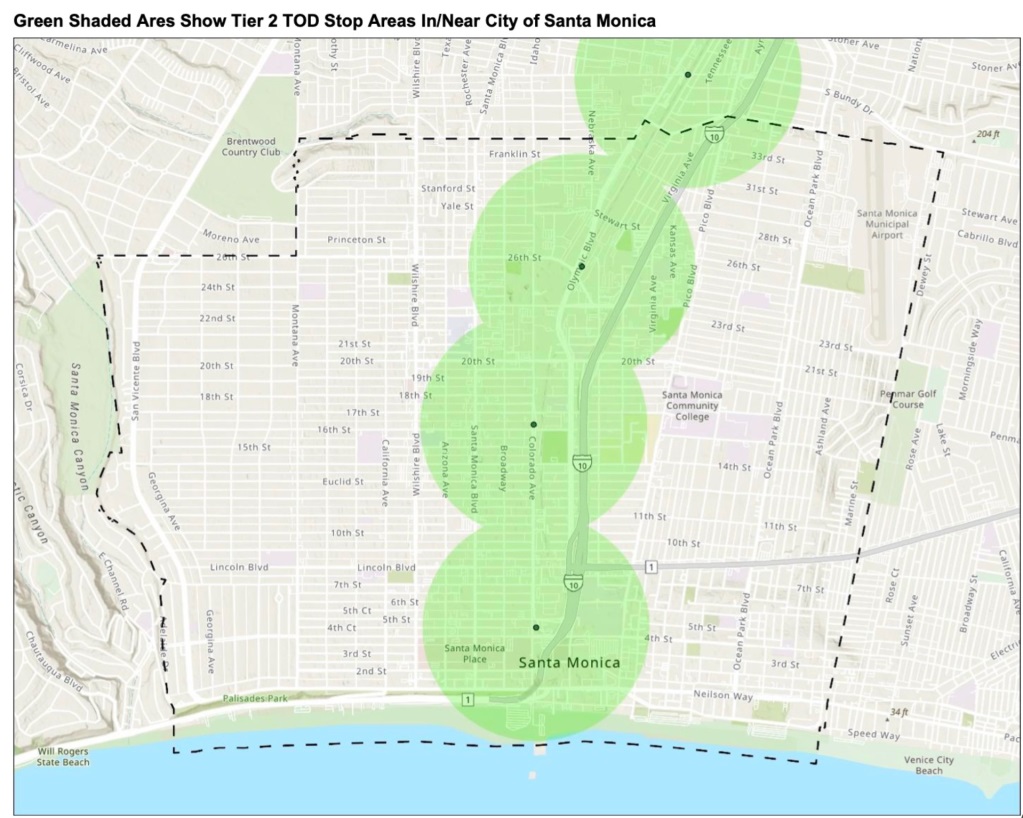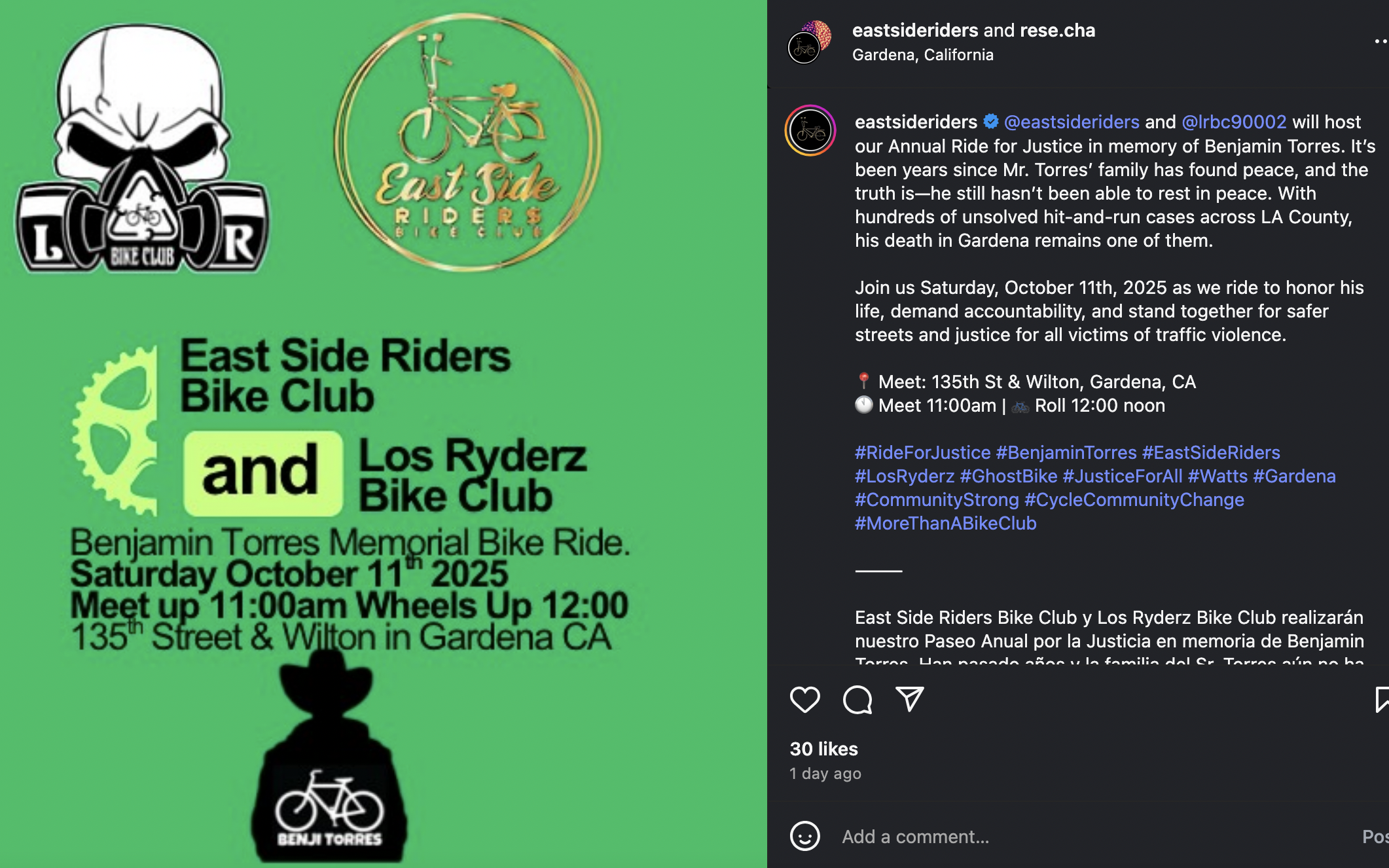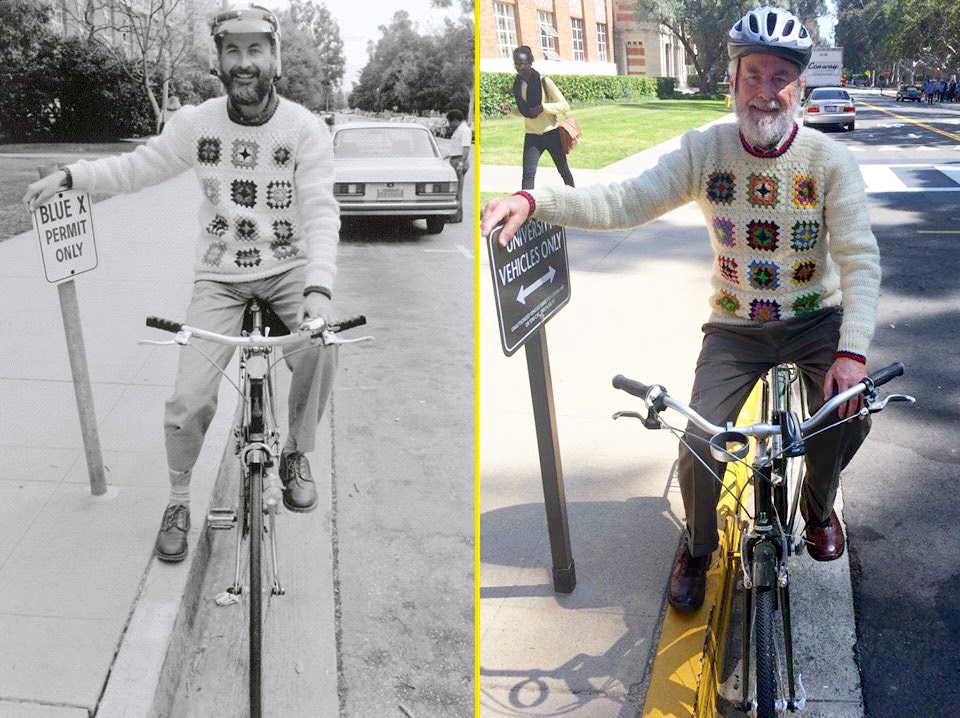In 2017, Metro approved plans for a fully electric bus fleet by 2030. That upgrade was planned to be well underway with the full Metro G Line (Orange) Bus Rapid Transit fleet all battery-electric by June 2020, but the date slipped. The first electric bus debuted on the G Line in late July. Full G Line electrification is now scheduled for December 2020.
Electric vehicles are pretty nice. They have no tailpipe pollution. Compared with fossil fuel (compressed natural gas CNG or diesel) buses, electric buses are so much nicer to ride and to be around. They are powerful, efficient, very quiet, much less polluting including greatly reduced greenhouse gas emissions, and cheaper to operate and maintain.
One would think Metro would be pretty excited about those new electric buses, right?
Metro did produce one video proclaiming "ELECTRIC BUSES ARE HERE."
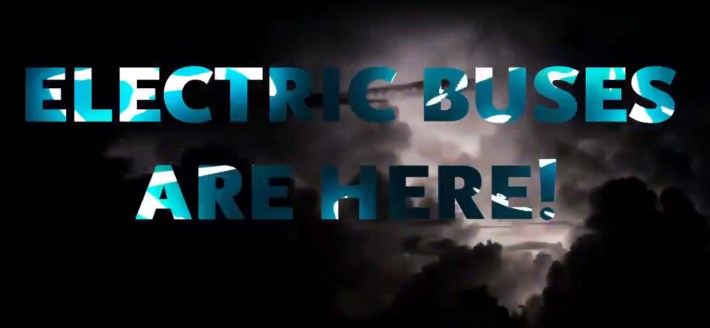
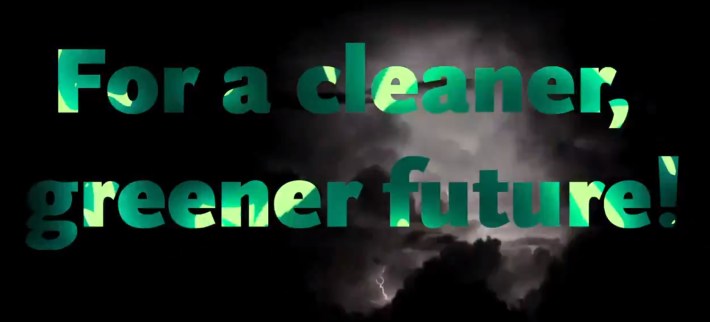
The Metro electric bus video is full of dark clouds - because that's something everyone associates with clean electric power, right?
(The dark clouds are kind of reminiscent of those awful bleak 1990s EV-1 electric car ads. Paradisiacal green imagery seems to be reserved for astroturf ads for fossil fuel cars.)
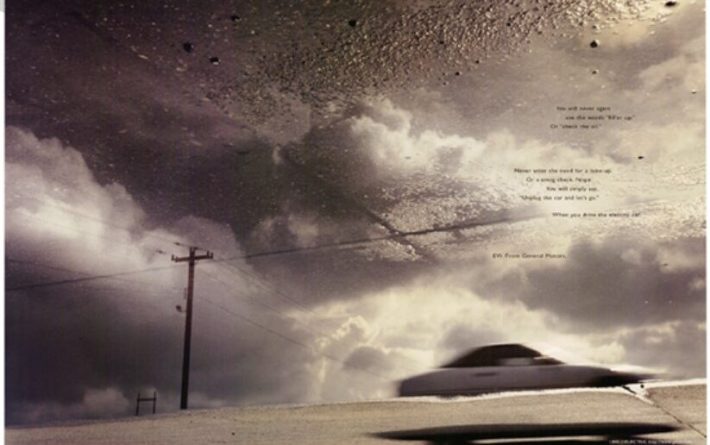
Maybe somebody, probably an intern, didn't quite get the messaging right in that Metro video.
What about the buses themselves?
Metro - with its award-winning marketing department - can improve on what L.A. City Transportation Department electric DASH buses and Foothill Transit electric buses have done.
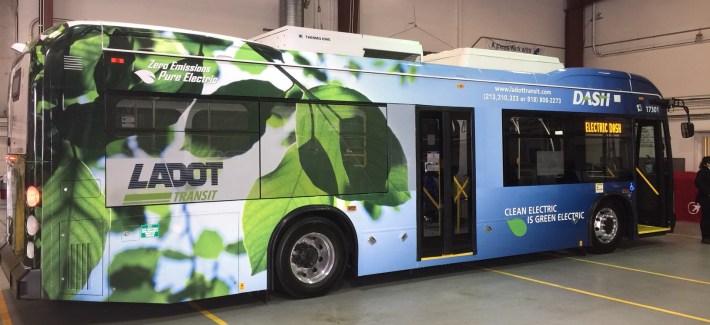
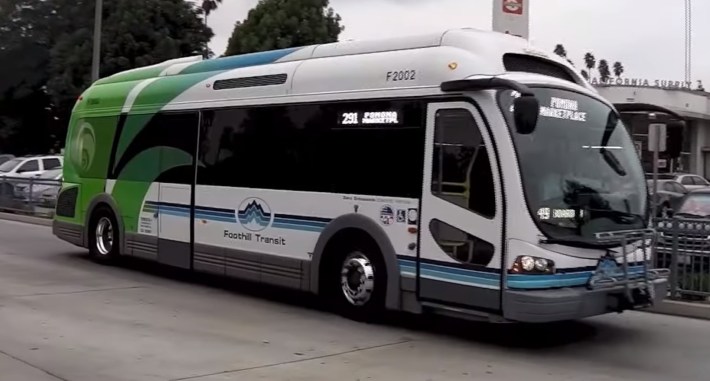
Metro loves big banners.
Whenever Metro sneezes there are big banners years or months in advance proclaiming "MORE SNEEZES ON THE WAY."
Metro buses have promotions about "the nation's largest clean-air fleet," APTA awards, all-door boarding, etc. Surely, the electric buses themselves are slathered with feel-good messages about electricity and clean air and apple pie and general Metro wonderfulness.
No?
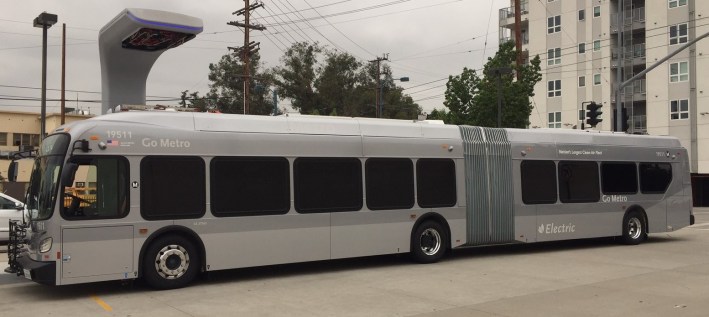
It's actually hard to spot the electric buses. Like all the all the other CNG-powered buses on the F Line, they're gray silver. There are a couple of markings that tell the casual observer that it is indeed electric. Can you spot one?
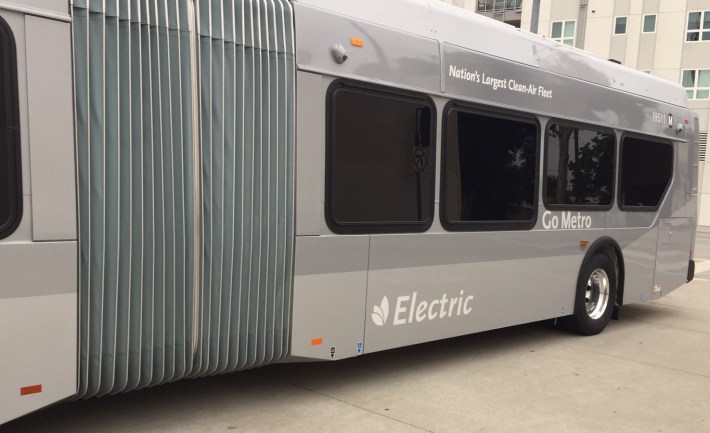
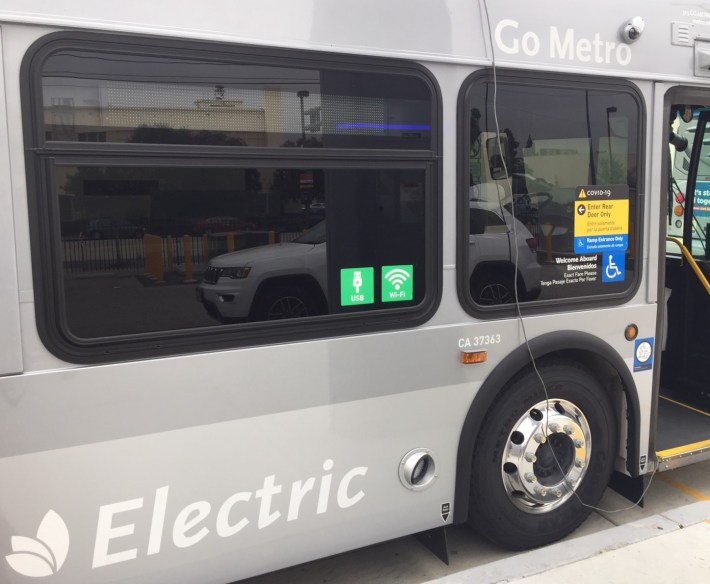
Can you tell the difference between Metro's clean green electric bus - and its more common fossil fuel buses?
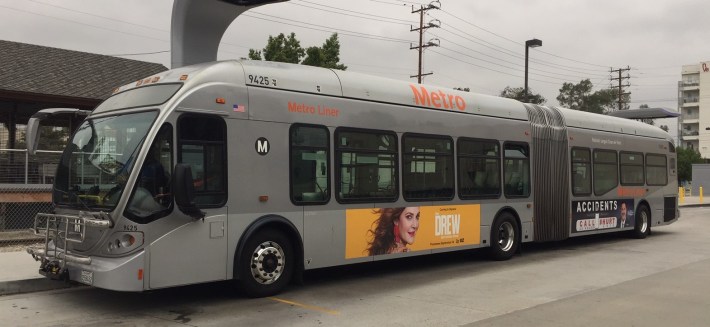
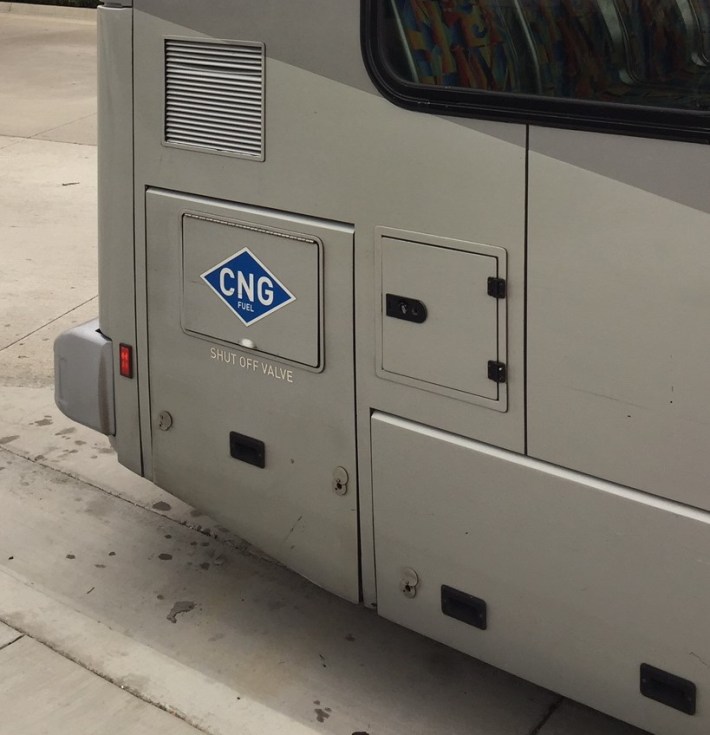
The differences are somewhat hard to tell from photos. The electric buses are a little less colorful, because they haven't been covered with ads yet. Generally the quickest way to know up close is that the CNG buses are much louder - inside and outside - compared to the electric buses.
Why doesn't Metro have highly identifiable branding for their electric buses?
Part of the problem appears to be resistance from Metro operations leadership. As they did in the 1990s when Metro transitioned from diesel to compressed natural gas, operations are pushing to stick with what they are used to. When Metro faces funding questions, whether for project acceleration or from COVID recession revenue losses, operations leadership are quick to encourage the Metro board to jettison the approved 2030 electrification schedule. That schedule hinges on a 2019-2020 technology assessment that culminates in a now-postponed Spring 2020 Zero Emission Bus Master Plan update that includes procuring new electric buses. If operations leadership can wait out the clock on that, then maybe Metro will just buy more fossil fuel buses.
Operations' concerns are not entirely unfounded. Though the benefits outweigh the costs, battery-electric buses are a fairly new technology, not widely adopted.
One electric bus manufacturer - BYD - has often over-promised and under-performed. (BYD is manufacturing buses for Metro's second BRT electric bus pilot - the J Line [Silver] which is scheduled to be fully-electric by June 2021, assuming Metro sticks to its electrification schedule. BYD also supplies the DASH electric buses, pictured above.)
Other manufacturers - New Flyer and Proterra - have not had those issues. Metro's G Line buses are New Flyer. (Proterra supplies Foothill Transit electric buses, pictured above.)
Streetsblog is excited about the nice quiet New Flyer bus already running on the G Line. So excited that SBLA is announcing a contest for our readers.
How do you think Metro should be marketing its clean green electric bus fleet? Submit your designs via the comments below. Submit a promotional image, a promotional slogan, a video, or a design that Metro could affix to the outside of its electric buses. Designs can be polished or rough sketch concepts; they can be serious, or sarcastic/humorous. Submit your entry by September 30. Streetsblog editors will review all submissions, and select a winner in early October. One lucky winner will receive a signed copy of SBLA editor Joe Linton's Down by the Los Angeles River guide book to walking, bicycling, and historic sites on the L.A. River and its tributaries.
